Blue recycling bags, or what’s also called paper recycling bags, are paper bags that are recyclable, including paper handles. They also contain at least 40% post-consumer recycled paper content and are made from 40% post-consumer recycled content. Last but not least, they're blue. Browse through Alibaba.com to find the different varieties of blue recycling paper bags.
Where blue recycling bags are used
Blue recycling bags are commonly used in households to separate and collect recyclable materials such as paper, cardboard, plastic bottles, glass containers, and aluminum cans. By using designated blue recycling bags, residents can easily differentiate between regular trash and recyclables, making the sorting process more efficient. Secondly, many offices and commercial establishments use blue recycling bags as part of their recycling programs. Lastly, municipalities often distribute blue recycling bags as part of community-wide recycling programs. Residents are encouraged to use these bags to collect recyclables at home, which are then picked up by recycling trucks or taken to designated recycling centers. Blue recycling bags help streamline the collection process and make it easier for waste management authorities to identify and separate recyclable materials.
Benefits of using blue recycling bags
The first benefit of blue recycling bags is, of course, easy identification. Recycling bags are typically blue, while biodegradable ones are green, and regular trash bags come in various colors. With such distinctions, households and waste management personnel can easily identify and separate recyclable materials from general waste. Blue recycling bags improve sorting efficiency, especially at recycling facilities. These bags act as visual cues, allowing workers to identify and sort recyclable materials without the need to constantly open and inspect the bags. This saves time and effort.
The use of blue recycling bags acts as a constant reminder of the importance of recycling. The visual presence of these bags reinforces environmentally friendly habits and encourages individuals to make sustainable choices in their daily lives. Lastly, blue recycling bags contribute to positive branding for businesses. For businesses and organizations, using blue recycling bags as part of waste management practices can contribute to positive branding and demonstrate corporate social responsibility. It aligns with environmental values and showcases a commitment to sustainability.
How to choose the right blue recycling bag
The material of the garbage bag that’s blue is important to ensure it lasts a long time. Similarly, the material should be able to hold the items inside. Therefore, individuals should look for strong materials such as high-density polyethylene (HDPE) or low-density polyethylene (LDPE). These materials are commonly used in recycling bags due to their strength and recyclability. The size and capacity of the recycling is important to ensure the recyclable fit. Recycling bags come as either small or large recycling bags. Therefore, one should go for bags with sufficient capacity to accommodate the volume of recyclables. If the bag is for big business, go for the large one, but if it's for rooms and small households, the small ones are more convenient.
Another factor is the closure mechanism. Individuals should look for blue recycling bags with a secure closure mechanism to prevent odor or spillage. Some of these closure mechanisms include zip ties, drawstrings, and adhesive closures. They are reliable and easy to use. Recycling bags should also meet the relevant environmental standards and certifications. For instance, they should be labeled as recyclable and made from recycled materials. This shows commitment to sustainability. The thickness is important since it contributes to the overall strength of the recycling bag. Thicker bags measured in microns or mills offer more durability and resistance to tearing. Hence, individuals should go for a thickness that suits the weight and type of recyclables.





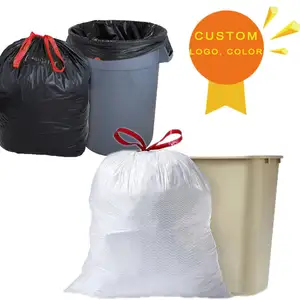





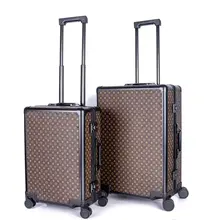



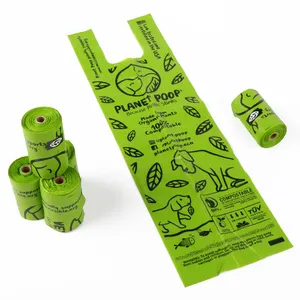

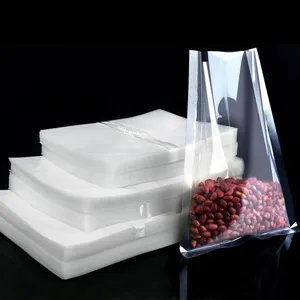



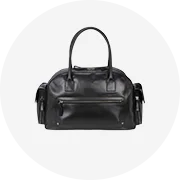

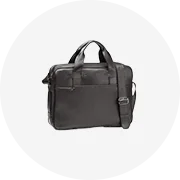
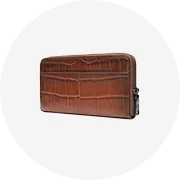
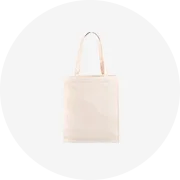
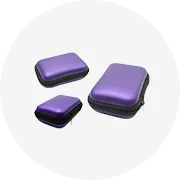
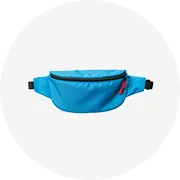

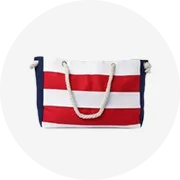
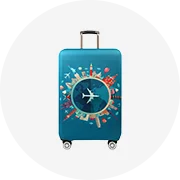
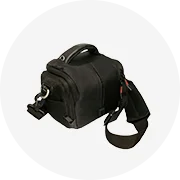
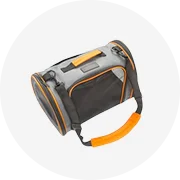

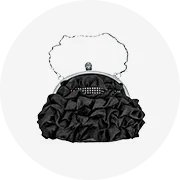
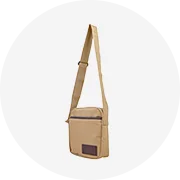
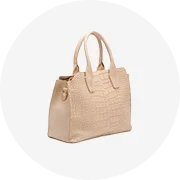








 浙公网安备 33010002000092号
浙公网安备 33010002000092号 浙B2-20120091-4
浙B2-20120091-4